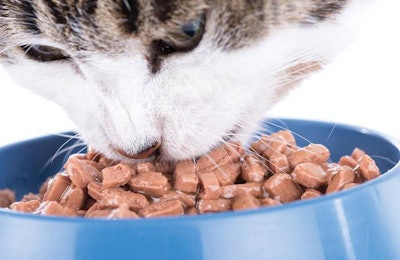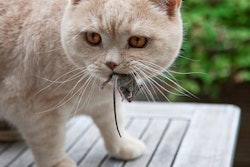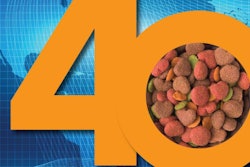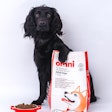
With the humanization of pet dogs and cats, pet owners are involved not simply in feeding their pets, but in “curating” and fine-tuning what they feed their pets, factoring in everything from pet nutrition and digestibility concerns to pet pampering instincts and favorite flavors. And it’s not just about table scraps, although nearly half of dog owners and a fourth of cat owners engage in this time-honored form of food trickle-down.
For some pet owners, going all out with home-made meal preparation allows them to customize their pet’s diet and ensure ingredient quality and freshness, as well as expressing care for their pets—just as in the case with home-made meals for less-furry members of the family. Packaged Facts’ April 2016 Pet Owner Survey shows that 16% of dog owners and 9% of cat owners have made home-cooked meals (excluding treats) for their dogs and cats in the last 30 days (see Table 1). These home-made items might include grilled meat, or a baked sweet potato or stewed pumpkin, or eggs, among other healthful and tasty indulgences.

While dry pet food continues to reign supreme, an increasing number of pet owners are choosing to supplement their pets’ meals with toppings, gravies or other mixes that add variety and nutrition to pet diets.
A larger segment of pet parents opt for “home-mixing” of commercial pet foods, which is a lighter lift for busy pet parents than home-made. In keeping with the greater popularity of canned/moist pet food among cat owners, 47% of cat owners compared with 38% of dog owners feed their pets a mix of dry and canned/wet pet food. In addition, 30% of dog owners and 31% of cat owners feed their pets a mix of different dry pet foods. And because dry pet food can be less appealing and harder to consume than wet or moist pet food, 23% of dog owners and 12% of cat owners add gravies, broths or wet ingredients to dry pet food.
Moreover, these numbers tend to jump among Millennial pet owners, who are setting the course for the future of the market. Among Millennial dog owners age 18–34, for example, 20% make their pets home-cooked meals, compared with 14% of dog owners age 35 or older, and 41% of Millennial dog owners feed their pets their own custom mix of dry pet foods, compared with 23% of older-generation dog parents.
Having noted pet parents’ impulse to liven up commercial pet food, marketers have given new life to commercially made food toppers and meal enhancers as a niche category. GfK reports that while the topper category accounted for just US$21 million in 2015 sales at pet specialty stores, that number represents a 332% increase over 2014. According to GfK, 63% of topper sales come from freeze-dried products, and 31% come from wet food toppers and liquid toppers such as gravies, purees and sauces.
Cumulatively, all these forms of enhancing the nutrition and appeal of commercial pet foods, especially in relation to dry foods, point to shifting grounds in consumer conceptions of pet food. This shift partly reflects reaping what marketers have sown, in that every pet food brand line that features claims such as organic, grain-free, meat-first, paleo, veterinary formula, limited-ingredient, the inclusion of antioxidant-rich vegetables or fruit, or made in the USA formulation is casting shade on rival products that do not. Fresh, frozen, freeze-dried and other alternative formats go even further, by thinking outside of the bag or the can.
Kibble enjoys overwhelming and continued popularity, benefiting from convenience and a spectrum of quality levels, targeted formulations, package sizes and price points as selling points. Nonetheless, the percentage of dog owners who feed their pets dry packaged pet food only (and not also wet/moist packaged pet food) has dropped from 67% in 2010 to 61% in 2015. So for all of the upgrades to kibble in the marketplace, consumer patterns around feeding their dogs and cats show that innovation continues to be the order of the day, with freshness, natural nutrition, customization and end-consumer appeal among pets ever-growing in importance in ensuring product success.
Further pet food market information
For more Market Reports by David Sprinkle: www.petfoodindustry.com/authors/145
Pet food in the US
For information on Packaged Facts’ report on Pet Food in the US (March 2016): https://goo.gl/edHIEH.



















